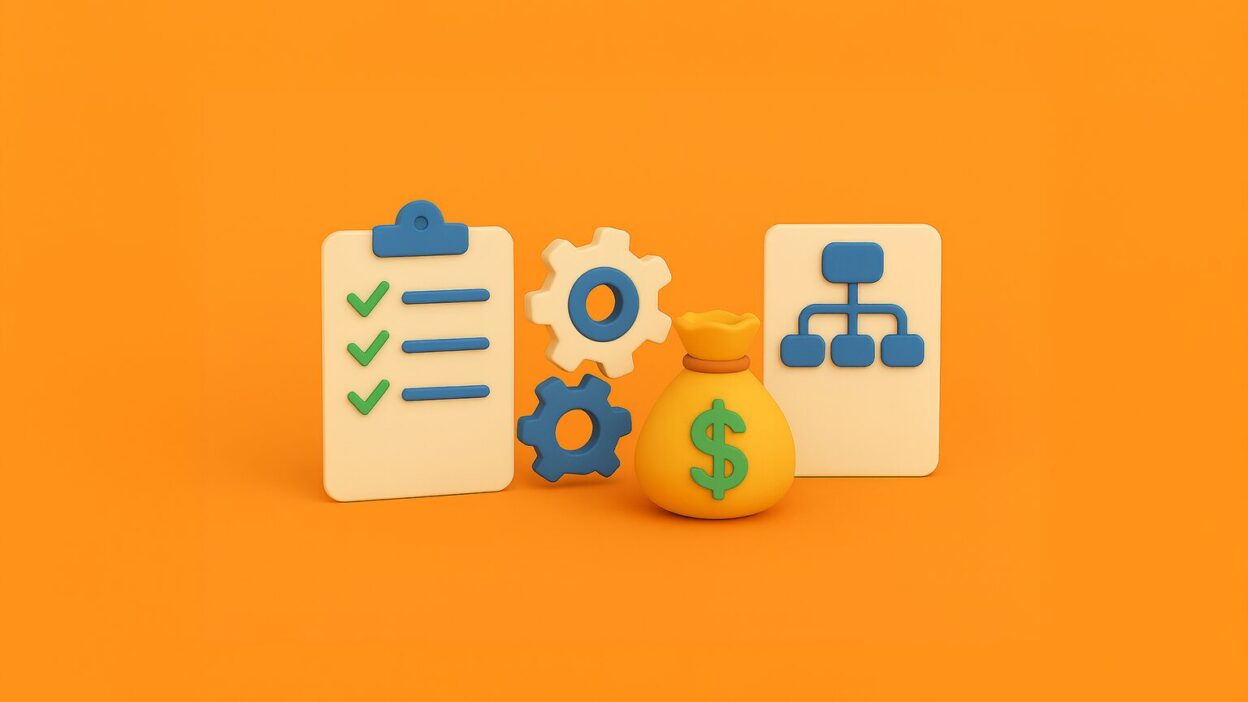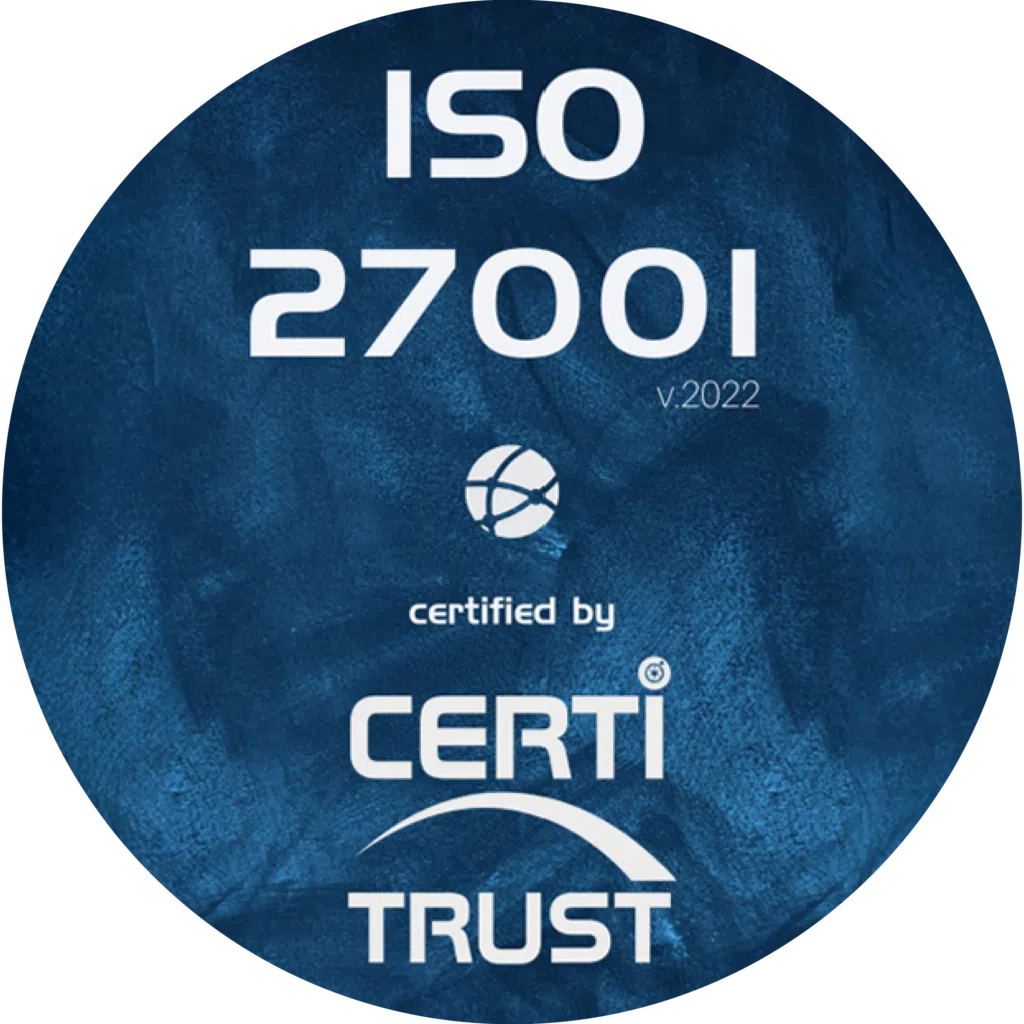Although all companies are involved in purchasing, the vast majority have yet to adopt a purchasing process for their business. What is a company’s purchasing process?
A company’s purchasing process refers to all the operations that lead to the decision to buy a product or service required for its business needs.
In fact, if there’s one thing companies have in common, it’s the need to find the best suppliers.
We‘ve identified for you the main levers you can use to achieve this, along with the 10 stages in the purchasing process that are essential for any company.
1. Expressing needs or drawing up specifications
This first stage is ideally carried out by a buyer or, failing that, by someone in the company entrusted with the task. The expression of need is the cornerstone on which the entire process is built. A poorly expressed need means a poorly delivered service.
✅ It’s a question of gathering detailed information on business needs, the consumers of the purchase, and the players involved in the decision. Our advice is to draw up a set of specifications to obtain a global vision. This work, which can be carried out in a working group, is essential to define a complete expression of the need.
✅ For this, optimal communication between the different departments is necessary to define the elements of the future purchase: delivery date, product or service characteristics, qualification system, budget, internal audit to mutualize the purchase.Finally, stakeholder analysis is also an issue in this stage to prepare the next with the study of the company’s supplier panel.
2. Sourcing suppliers
Finding the right suppliers to meet your company’s needs requires a thorough understanding of your market and its suppliers. Supplier sourcing is essential to ensure that your purchases are well under control, and that you can feel confident when the time comes to make a purchase.
✅ There are two main ways to achieve this:
- Consult your panel: those already known to your company, who are an integral part of your database or supply chain.
- Sourcing new ones: our advice is to keep a daily watch, to be attentive and curious, but also to use feedback or sourcing-type solutions.
✅ For example, you need to pay particular attention to keeping a supplier panel within your company.
Once this stage has been completed, you can translate your requirements into a call for tenders, which you can then communicate to the selected suppliers.



3. Invitation to tender
Often associated with public procurement, invitations to tender are in fact a multi-phase procedure whereby the company, called the specifier, asks several suppliers to submit a commercial proposal. On the other hand, those who apply a method have become aware of the strategic interest of such a procedure, which requires time, organization and skills.
✅ As a result, the companies previously shortlisted are invited to respond to the object of the contract expressed within the allotted time. This may be a product, a service or a provision according to the conditions defined in the specifications.
✅ Traditionally, the call for tenders is communicated to these service providers by e-mail or post. They are invited to respond according to a procedure laid down by the specifier. The digital revolution is opening up new opportunities to streamline this procedure and cut costs.
The quality approach then requires that responses be centralized, in one and the same place, so that the person responsible for the contract can analyze the bids received and evaluate them.
4. Tender analysis
Analyzing bids is the most interesting stage: it consists in examining all the bids received, in order to establish a pre-selection of the best bids.
✅ Thus, analyzing the bids received requires a methodology that should be applied to provide the company with all the success factors for its acquisition:
- Centralize offers
- Carry out a multi-criteria analysis based on the criteria defined during the expression of need: quality, costs, deadlines, etc.
- Sort out offers that don’t correspond to requirements
✅ A good analysis method, carried out with the help of a suitable support, enables you to :
- Identify the constituent elements of the offer
- Identify offers that offer a competitive advantage for the company
- Communicate the final choice.
The selection of the offer is based on a good analysis of the bids. It is therefore important to carry out this stage before making the selection.
5. Bid selection
The aim of bid selection is to retain the most interesting bids following analysis. It then engages the final choice of the company, which must put all the chances on its side to make the most strategic purchase possible.
✅ This selection is based both on the characteristics defined at the time of the expression of need, and a criteria grid or qualification system.
✅ The buyer or the designated person takes care to control the number of offers received.
The selection of the offer corresponds to the choice of the partner with whom you have decided to collaborate. It is then possible to negotiate with this partner.
6. Negotiation
Failure to negotiate deprives your company of opportunities! The success of a negotiation depends on meticulous preparation of the meeting, in order to obtain the best :
- Value for money
- Service based on “just what you need
- Delivery times
You don’t need to be a skilled negotiator to conduct a successful meeting. Just remember to :
- Identify all the administrative and technical clauses to be negotiated
- Define your objectives according to your priorities
- Prepare the right arguments for your meeting
- Create a relationship conducive to a successful collaboration.
A successful negotiation will enable you to obtain better terms than the initial offer and reach a consensus with the supplier. Once this stage has been completed, you need to validate the offer internally, within your company.
7. Validating the offer
Once the negotiations have been finalized, the offer must be validated by the decision-makers, if there are several of them, before signing the contract on behalf of the company. And this can take a long time, unless your company has an optimized approval system. In fact:
✅ Regardless of the type of structure, the company must have the selected offer validated by decision-makers. The slightest difficulty in communicating these decisions adds delay to the process.
✅ Yet this step is essential to divide responsibility and generate consensus within teams. But it’s also important because it’s a cost for the company, and it’s a good idea to take responsibility intelligently before entering into a contract with a supplier.
Once this stage has been validated internally, contractualization with the service provider can begin.
8. The supplier contract
Clearly defining the terms of the partnership and respecting the conditions of engagement lay the foundations for a relationship of trust with your supplier.Are you still wondering how to reach agreement with the stakeholder on the terms relating to the product or service purchased? Draw up a contract that frames your relationship!
✅ Important steps to take into consideration when contracting are :
- Studying the CGV (general terms and conditions of sale) to analyze possible risks
- Ask for strict, company-specific conditions that justify drawing up a contract
- Delimit the contract in time to leave a window of opportunity for renegotiation or requalification
Once you’ve agreed on the terms and conditions, you can move on to payment, which will seal the deal between you and the service provider.
9. Payment
Payment is the act of making a purchase by means of payment: a service that has been paid for is deemed to have been accepted. It concretizes the contractual relationship through the acquisition of the product or service, and guarantees the mutual trust of the parties involved.
✅When making a payment, you still need to define certain terms and conditions: deposit, payment on delivery, payment in instalments, payment deadline…
✅ To avoid unforeseen events that could damage your relationship, you need to find the best formula for both parties, to ensure cash flow and respect the commitments made.Once payment has been made, you need to ensure that the initial conditions you agreed upon are respected.
10. Monitoring the work
Last but not least: monitoring the work. As consumers, it’s important to:
✅ Regularly monitor contracts and related purchases, in the form of a monthly or quarterly audit.
✅ Set milestones according to the specific nature of the purchase, so as to ensure that the conditions defined and framed by the contractual relationship are met, thus preserving a good buyer-supplier relationship.To conclude, these ten steps just detailed highlight a rigorous way of working, characteristic of the purchasing function.
Properly applied, this method has numerous advantages for the company that implements a purchasing process within its structure.



Want to learn more about our Weproc procurement management software?
Contact us or request your 15-minute demo below!










